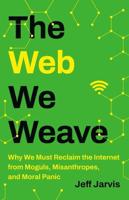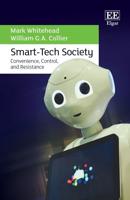Publisher's Synopsis
Computer technology has impacted the practice of medicine in dramatic ways. Imaging techniques provide noninvasive tools which alter the diag- nostic process. Sophisticated monitoring equipment presents new levels of detail for both patient management and research. In most of these high technology applications, the computer is embedded in the device; its presence is transparent to the user. There is also a growing number of applications in which the health care provider directly interacts with a computer. In many cases, these applica- tions are limited to administrative functions, e.g., office practice manage- ment, location of hospital patients, appointments, and scheduling. Nev- ertheless, there also are instances of patient care functions such as results reporting, decision support, surveillance, and reminders. This series, Computers and Medicine, focuses upon the direct use of information systems as it relates to the medical community. After twenty- five years of experimentation and experience, there are many tested ap- plications which can be implemented economically using the current gen- eration of computers. Moreover, the falling cost of computers suggests that there will be even more extensive use in the near future. Yet there is a gap between current practice and the state-of-the-art.









